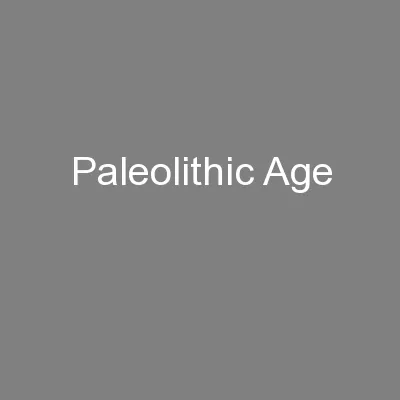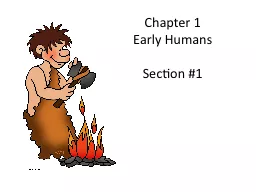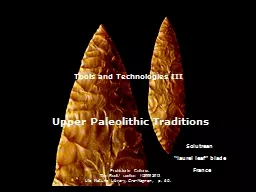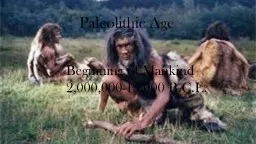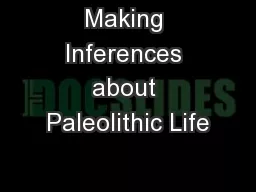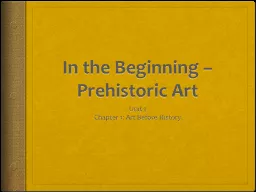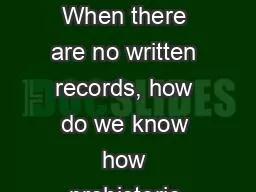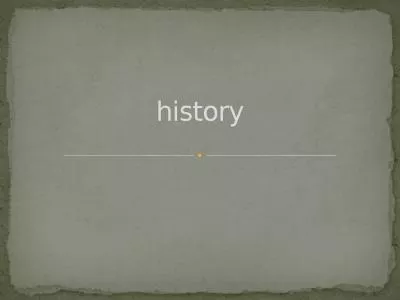PPT-Paleolithic Age
Author : lindy-dunigan | Published Date : 2016-03-18
Oldstone Australopithecines First upright hominids 34 mil yrs ago Lucy Homo Sapiens 120000 yrs ago Homo sapiens sapiens 30000 BCE modern humans Cross the Bearing
Presentation Embed Code
Download Presentation
Download Presentation The PPT/PDF document "Paleolithic Age" is the property of its rightful owner. Permission is granted to download and print the materials on this website for personal, non-commercial use only, and to display it on your personal computer provided you do not modify the materials and that you retain all copyright notices contained in the materials. By downloading content from our website, you accept the terms of this agreement.
Paleolithic Age: Transcript
Download Rules Of Document
"Paleolithic Age"The content belongs to its owner. You may download and print it for personal use, without modification, and keep all copyright notices. By downloading, you agree to these terms.
Related Documents

